- Home
- Joan Smith
Clouds of Deceit Page 5
Clouds of Deceit Read online
Page 5
Early in 1942, a British mission visited the US and reported back that the Americans were looking at both the uranium bomb and one based on the recently discovered heavier element, plutonium. Research in the US had clearly raced ahead after its early period in the doldrums. In the autumn of 1942, the American project had reached the point where a major reorganization was needed to cope with its huge industrial requirements. A special group of the US Army Corps of Engineers, known as the Manhattan District, was given charge of the project, under the overall leadership of Leslie Groves. At this point, Britain’s problems with her major ally started with a vengeance and provided, if the British had only known it, a foretaste of what was to come immediately after the war. The underlying cause of the trouble was the question as to who would control nuclear energy after the war.
How much the exclusion of Britain from the Manhattan Project between 1942 and 1943, and from the American nuclear energy programme after the war, rankled on this side of the Atlantic can be gauged from Leonard Bertin’s history of the period, Atom Harvest. ‘British scientists who, with full approval of their Government, had been ready to provide the Americans with all the data they wanted, suddenly found doors closed upon them,’ he wrote in 1955. ‘There is a popular but mistaken belief that this breakdown in cooperation occurred after the war with the passing of the McMahon Act [the act which forbade US scientists to share information] in 1946. It would be truer to say that it started the day the Americans were persuaded that, despite their own misgivings, the production of atomic weapons before the end of the war was possible.’
The British were informed of the new, restrictive conditions for collaboration at the beginning of 1943. Effectively, they were told that they would be expected to continue to supply full information on the parts of the bomb effort on which they were working. The information which the British would be given in return was severely limited. For instance, Britain was to receive no information at all on one of the main methods of separating out U235.
According to Bertin, the excuse given to the protesting British was security. But, he writes, ‘subsequent events indicated quite clearly that the question mainly at stake was that of post-war development of atomic power.’ The British government certainly seems to have believed this to be the underlying cause of the rift, because the way found out of the impasse conceded to the Americans the final say on post-war developments in nuclear matters with commercial applications.
The Quebec Agreement, signed on 19 August 1943 by Roosevelt and Churchill, agreed that, ‘in view of the heavy burden of production falling upon the United States as a result of a wise division of war effort, the British government recognise that any post-war advantages of an industrial or commercial character shall be dealt with as between the United States and Great Britain on terms to be specified by the President of the United States to the Prime Minister of Great Britain.’ Churchill disclaimed any interest in these possible commercial aspects ‘beyond what may be considered by the President of the United States to be fair and just and in harmony with the economic welfare of the world’.
For this high price, collaboration was restored and, towards the end of 1943, teams of scientists from Britain got ready to go to the US, some to work at the nerve centre of the Manhattan Project, the top-secret laboratory set up at Los Alamos, in New Mexico, under the direction of the American physicist, Robert Oppenheimer. The British thought it was worth it because their own resources were severly stretched by the war effort, and sites in Britain would be vulnerable to enemy bombing. They were probably right: the knowledge gained at Los Alamos and elsewhere would prove invaluable after the war.
The British scientist who knew most about the Los Alamos bomb project was William George Penney. Penney was thirty when the war broke out in 1939. Pictures of him in the 1950s, when he was a national hero, show a large, even shambling figure, straight hair brushed sideways across an unusually square head. The man who gave evidence at the Australian Royal Commission hearings in January 1985 was a smaller but equally solid figure. What seemed little affected by age - he was seventy-five at the time - was his curiously slow manner of speech, familiar from thirty-year-old newsreels when excited reporters hung on his every word.
In 1952, Churchill’s telegram of congratulation on the success of the first British atom bomb test at the Monte Bello Islands made Penney a knight with the words, ‘Well done, Sir William.’ In 1967, he became a life peer, with the title Baron Penney of East Hendred. He now lives in the village of East Hendred, a stone’s throw from the atomic research establishment at Harwell.
Penney’s statement to the Australian commission deals mainly with the period from 1947 to 1959. His involvement with the Manhattan Project is covered in two laconic sentences: ‘During the war, I was recruited to the US Manhattan District Atomic Weapon Project. I made measurements of the yields of some of the early US tests and visited Japan to report on the damage caused by the two weapons used at Hiroshima and Nagasaki.’ But Penney’s role was a key one as far as the British were concerned.
At the start of the Second World War, Penney was an assistant professor of mathematics at Imperial College in London. He went to school in Sheerness, Kent, and gained both a BSc and a PhD at London University. Other degrees followed, from the University of Wisconsin, from Cambridge, and from London. At Imperial, Penney had been working on the nature of matter and had published numerous papers on the structure of various elements and compounds.
From 1940, he was on loan from the college to the Admiralty and the Ministry of Home Security to do war work; he was asked to look at the effects of an underwater explosion, particularly the effect known as the pressure wave. This work later influenced the setting up of Britain’s first atom bomb test, since Penney was anxious to discover the effect of an atom bomb explosion on board ship in a harbour.
Penney went on from this work to examine the effects of explosions in air on ships, houses and other vulnerable structures. Next, he advised the Admiralty on the kind of pressures to which the temporary harbour to be used for the Normandy landings would be exposed. In 1944, he went to Los Alamos.
Penney was asked to go to the US, well after the first wave of scientists from Britain arrived, because the project needed someone expert in calculating the effects of explosions. He worked on areas of the project which gave him extensive knowledge of atom bombs - not just the effects of blast but also the planning of the first bomb test, and the flights over Japan when Hiroshima and Nagasaki were bombed. Chapman Pincher, speculating in a book published in 1948 about whether Britain would make its own bomb, wrote that Penney ‘is said to know more about the atom bomb than any other British scientist’, making him the most likely candidate to head the project.
When the bomb was dropped on Nagasaki, Penney was in the observer plane with a specially adapted camera to take photographs, in the hope of estimating the size of the bomb, but cloud over the city prevented him. Penney and the other British observer, Group Captain Leonard Cheshire, had wanted to fly in the observer plane over Hiroshima but had been prevented by the local US commander.
So keen were the Americans on Penney that they invited him to attend their first post-war atom bomb tests, an operation called Crossroads, at Bikini Atoll in the Pacific Ocean in 1946. At these tests, in July that year, he was given the title Coordinator of Blast Measurement.
With all this useful experience, Penney was the natural choice to run Britain’s post-war bomb project. He was given the task of designing, building and testing the bomb in May 1947, more than two years before the USSR startled the world by testing the first Russian bomb. Leonard Bertin, who interviewed Penney for his book on the early years of the British nuclear programme, published in 1955, was troubled by an incongruity between Penney’s personal charm and the work he was doing: ‘With his boyish face, blue eyes, tousled, sandy hair and ingenuous smile, he looks the last person in the world to develop a fearful weapon of destruction.’
But it was a job Penney fulfilled
single-mindedly and apparently without hesitation. He gave his reason in a brief and rather testy answer to a question at the Australian Royal Commission hearings in London in 1985. ‘I thought we were going to have nuclear war,’ he said. ‘The only hope I saw was [that] there should be a balance between the East and the West. That was why I did this job, not to make money. What I wanted was to be a professor.’
Demonstrating the power of the bomb by testing it unannounced, by devastating two Japanese cities, and by testing it again at Bikini had, of course, more to do with showing off the West’s superiority than keeping a non-existent balance. Many scientists realized fully the dangers of this course - Robert Oppenheimer, the scientist in charge of Los Alamos, devoted himself at the end of the war to the problem of how to set up a regulatory agency for the post-war period.
Unlike Penney, some of the British contingent at Los Alamos did have doubts. Joseph Rotblat left the Manhattan Project before the end of 1944 when he knew that Hitler was not going to get the bomb - and because he feared the US intended to exploit its nuclear advantage in a conflict with Russia. He has since campaigned consistently against nuclear weapons. Earlier in 1944, the great scientist Niels Bohr, whose key work with Rutherford had determined the structure of the atom, had come to the view that the only way to prevent a catastrophic war between East and West was a form of international regulation of the atom which would involve some sharing of nuclear secrets with the Russians. In a memorandum to President Roosevelt in July 1944, he urged that ‘the terrifying prospect of a future competition between nations about a weapon of such formidable character can only be avoided through a universal agreement in true confidence.’
Bohr wanted the Russians to be told about the existence of the atom bomb before it was dropped. To keep it secret would appear to justify the USSR’s suspicions of American intentions, he believed, and would wreck the hope of any post-war cooperation to control it. Bohr succeeded in obtaining personal interviews with both Churchill and Roosevelt. The result was disastrous, and presaged the attacks that would be made on scientists worried by the bomb in the 1950s: the politicians became convinced Bohr himself might be a security risk.
They were certainly not going to give up the massive advantage they believed Britain and the US to have. Churchill wrote to Lord Cherwell, his scientific adviser, that he thought ‘Bohr ought to be confined or at any rate made to see that he is very near the edge of mortal crimes.’
Meanwhile, Leo Szilard, who had persuaded Einstein to write to Roosevelt in 1939 and had worked on the Manhattan Project, was equally worried. On 11 June 1945, just over a month before the first bomb was tested at Alamogordo, Szilard and six other scientists from the University of Chicago sent a report to the US Secretary of War: the Franck Report. It took its name from the chairman of the committee set up to produce it, the Nobel Prizewinner James Franck, and warned that an unannounced attack on Japan would deeply shock not only Russia but allied and neutral countries. ‘If the United States were to be the first to release this new means of indiscriminate destruction on mankind, she would sacrifice public support throughout the world, precipitate the race for armaments, and prejudice the possibility of reaching an international agreement on the future control of such a weapon,’ it said.
In 1946, Albert Einstein joined in the warnings. ‘Today we must abandon competition and secure cooperation,’ he said. ‘This must be the central fact in all our considerations of international affairs; otherwise we face certain disaster.’ If he had known the Germans were so far from getting the atom bomb, he said, ‘I would never have lifted a finger.’ In April 1957, eighteen German scientists issued a statement that none of them would work on ‘the production, the testing, or the stockpiling of atomic weapons in any manner’. Two of the signatories were Otto Hahn, whose letter to Lise Meitner in 1938 led to the realization that nuclear fission had been achieved, and Max Born.
Born had, in the early 1930s, been part of a brilliant group of scientists at Göttingen which was broken up by Hitler. Born took refuge in Edinburgh. During the war, his principles did not allow him to take part in war work. But one of his students, also a refugee from Germany, went to work first with Rudolf Peierls in Birmingham, then at the Manhattan Project. He was Klaus Fuchs.
When Fuchs was arrested in 1950, he was head of the theoretical physics section at Harwell. His father, Pastor Emil Fuchs, later posed the question as to whether his son had not been acting more in the interests of the British people than their government when he passed secrets to do with the atom bomb to the Russians. Alan Nunn May, a British scientist who was convicted of spying in 1946, said he gave the Russians information about nuclear power because he did not believe nuclear energy should be confined to the US.
The development of the atom bomb led former colleagues to take such divergent roads that they found themselves in bitter conflict with one other. It is against this background that the subsequent actions of members of the British team at Los Alamos – Bohr, Rotblat, Fuchs and Penney - must be judged.
By the summer of 1945, the Los Alamos laboratory had come up with not one but two types of atom bomb. One, the innocuously-named Little Boy, was what might crudely be called a uranium gun bomb. The other, Fat Man, was a plutonium implosion weapon. The principles on which they were based are simple.
The uranium bomb, Little Boy, used the principle that an explosion would take place as soon as an amount of material greater than critical mass - the quantity required for a self-sustaining chain reaction - was put together. Two lumps of U235 were to be placed at opposite ends of a gun barrel and one would be fired into the other to start the nuclear explosion.
The plutonium bomb, Fat Man, was expected to work by a different method: an amount of plutonium, smaller than the critical mass, was surrounded with high explosives. On detonation of the conventional explosives, the force of the blast would compress the plutonium into a very dense ball in which the chain reaction would start.
Scientists had greater confidence in Little Boy than in Fat Man; they pressed Oppenheimer to allow a full-scale test of the plutonium bomb. After looking at several sites, including various islands off the coast of California, the Alamogordo bombing range in New Mexico was selected. It was already in use to train US Air Force bomber crews before posting overseas.
A cover story was prepared about an unexpected explosion at an ammunition dump in case the intensity of the explosion provoked unwelcome questions from people in the surrounding areas. Fat Man, encased in an outer shell twelve feet long and weighing nearly 10,000 pounds, was hoisted to the top of a 100-foot metal tower. Oppenheimer, who had given the test the name Trinity, watched from the control point five-and-a-half miles away. The test was scheduled for 5.30 on the morning of 16 July, 1945.
Otto Frisch stood with his back to the bomb, about twenty miles to the north. ‘I looked at the hills, which were visible in the first faint light of dawn,’ he wrote later. ‘Suddenly, and without any sound, the hills were bathed in brilliant light, as if somebody had turned the sun on with a switch … The hills appeared kind of flat and colourless, like a scenery seen by the light of a photographic flash…
‘After that [the light starting to diminish] I turned round and tried to look at the light source but found it still too bright to keep my eyes on it. A few short glances gave me the impression of a small, very brilliant core, much smaller in appearance than the sun, surrounded by decreasing and reddening brightness with no definite boundary, but not greater than the sun. After some seconds I could keep my eye on the thing and it now looked like a pretty perfect red ball, about as big as the sun, and connected to the ground by a short grey stem.’
As Frisch watched, the ball rose, remaining connected to the ground by a stem. It flattened out and ‘a hump grew out of its top surface and a second mushroom grew out of the top of the first one, slowly penetrating the highest cloud layers.’ When he thought the blast wave was about to arrive, he sat on the ground with his fingers in his ears. ‘Despite that,
the report was quite respectable and was followed by a long rumbling, not quite like thunder but more regular, like huge noisy waggons running around in the hills.’ As Robert Oppenheimer watched the successful test, he remembered a line of the Hindu epic, the Bhagavad Gita: ‘I am become death, the shatterer of worlds.’
The bomb had contained five kilograms of plutonium 239. The yield of atom bombs is measured by comparing them with the energy released by conventional explosives such as TNT. The Alamogordo bomb was equal to 17,000 tons of TNT, usually written as 17 kilotons.
Less than two months later, the uranium bomb, Little Boy, was dropped over Hiroshima by a US air force plane called the Enola Gay. It was dropped from a height of 570 metres on a city of 256,000 people. The yield of the bomb was 12.5 kilotons: official figures put the casualties at 68,000 dead, while some Japanese scientists claim as many as 140,000.
Three days later, the US air force plane Bock’s Car dropped a plutonium bomb, like the one tested at Alamogordo, over Nagasaki at a height of 500 metres. The bomb’s yield was 22 kilotons and the official figure for the dead is 38,000. Some estimates put it at 74,000.
Fifty years had elapsed from the discovery of X-rays by Wilhelm Roentgen to the first use of atomic weapons against humankind. At the time the bomb was dropped on Hiroshima, a number of German scientists were interned in Britain. One of them was Otto Hahn, whose work in 1938 showed that nuclear fission had been achieved. His reaction to the attack on Hiroshima was recorded by another scientist in his diary for 7 August 1945: ‘Poor Professor Hahn! He told us that when he first learned of the terrible consequences which atomic fission could have, he had been unable to sleep for several nights and contemplated suicide… At 2 a.m. there was a knock on our door and in came von Laue. “We have to do something, I am very worried about Otto Hahn. This news has upset him dreadfully, and I fear the worst.” We stayed up for quite a while and only when we had made sure that Hahn had fallen asleep did we go to bed.’ Clement Attlee’s Labour government took office on 27 July 1945. Few ministers in the wartime coalition government had known about the bomb project and its transfer to Los Alamos. Not a single Labour politician had been in on the secret. At the end of the war, the scientists from Britain who had worked on the wartime project expected it to be continued; their discussions centred on technical questions about whether the weapons should be based on uranium, like the Hiroshima bomb, or plutonium, the type of device used on Nagasaki. The Chiefs of Staff told the government that, if efforts to set up a system of international control failed, Britain should develop the atom bomb.

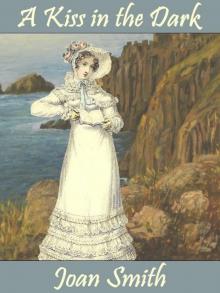 A Kiss in the Dark
A Kiss in the Dark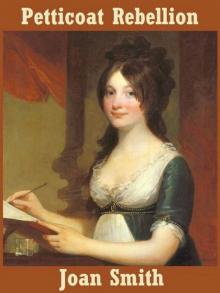 Petticoat Rebellion
Petticoat Rebellion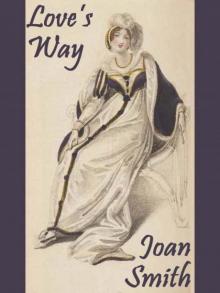 Love's Way
Love's Way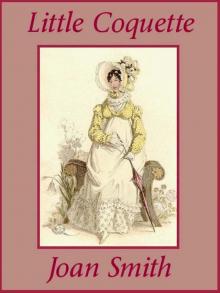 Little Coquette
Little Coquette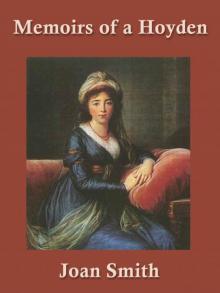 Memoirs of a Hoyden
Memoirs of a Hoyden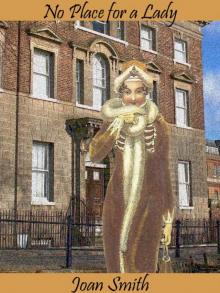 No Place for a Lady
No Place for a Lady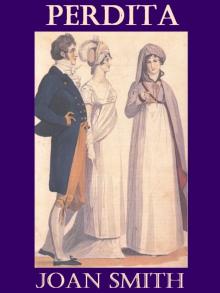 Perdita
Perdita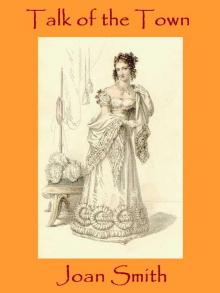 Talk of the Town
Talk of the Town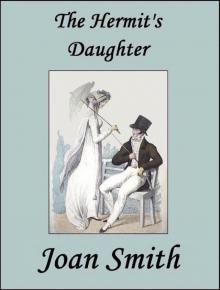 The Hermit's Daughter
The Hermit's Daughter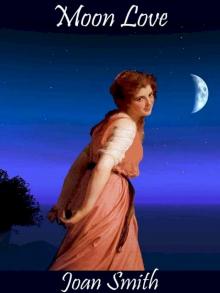 Moon Love
Moon Love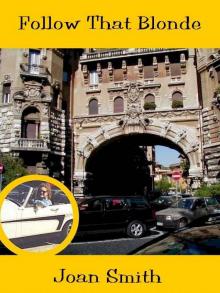 Follow That Blonde
Follow That Blonde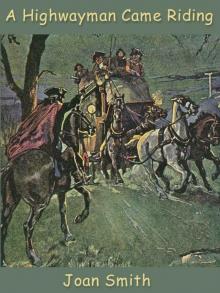 A Highwayman Came Riding
A Highwayman Came Riding The Great Christmas Ball
The Great Christmas Ball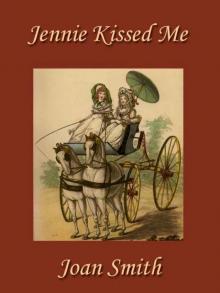 Jennie Kissed Me
Jennie Kissed Me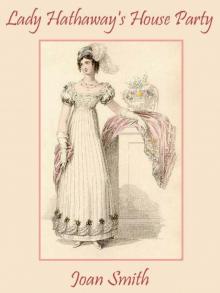 Lady Hathaway's House Party
Lady Hathaway's House Party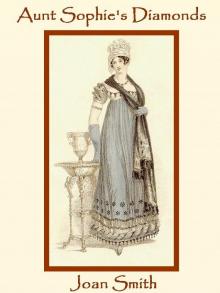 Aunt Sophie's Diamonds
Aunt Sophie's Diamonds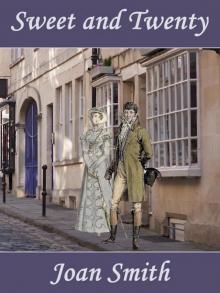 Sweet and Twenty
Sweet and Twenty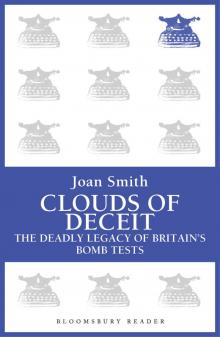 Clouds of Deceit
Clouds of Deceit What Men Say
What Men Say The Devious Duchess
The Devious Duchess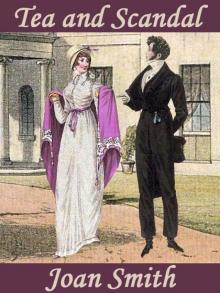 Tea and Scandal
Tea and Scandal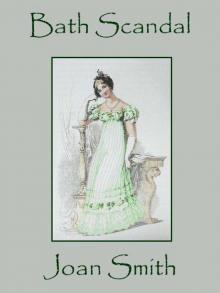 Bath Scandal
Bath Scandal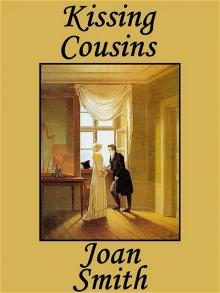 Kissing Cousins
Kissing Cousins Love's Harbinger
Love's Harbinger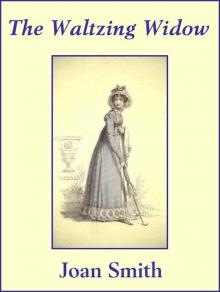 The Waltzing Widow/Smith
The Waltzing Widow/Smith The Polka Dot Nude
The Polka Dot Nude Thick As Thieves
Thick As Thieves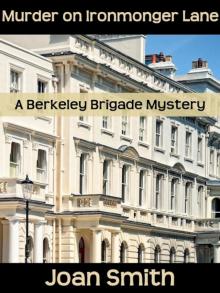 Murder on Ironmonger Lane
Murder on Ironmonger Lane Dame Durden's Daughter
Dame Durden's Daughter Endure My Heart
Endure My Heart The Savage Lord Griffin
The Savage Lord Griffin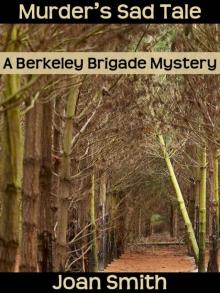 Murder's Sad Tale
Murder's Sad Tale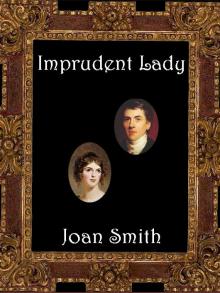 Imprudent Lady
Imprudent Lady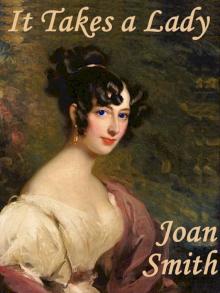 It Takes a Lady
It Takes a Lady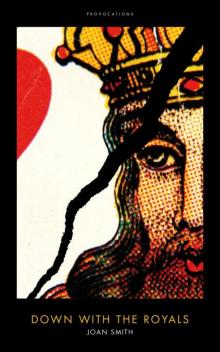 Down With the Royals
Down With the Royals Aurora
Aurora A Brush with Death
A Brush with Death The Black Diamond
The Black Diamond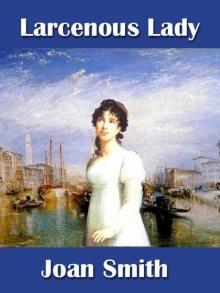 Larcenous Lady
Larcenous Lady To Mourn a Murder
To Mourn a Murder Francesca
Francesca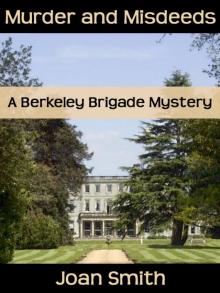 Murder and Misdeeds
Murder and Misdeeds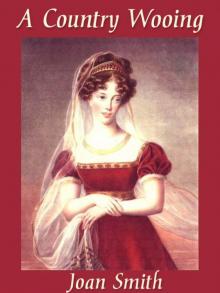 A Country Wooing
A Country Wooing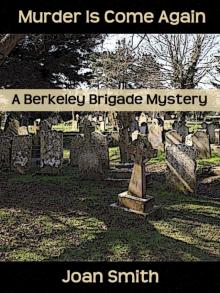 Murder Is Come Again
Murder Is Come Again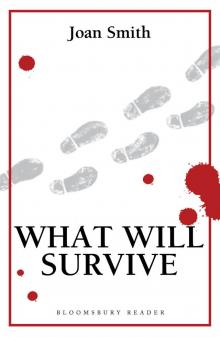 What Will Survive
What Will Survive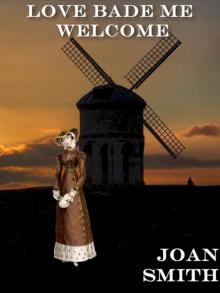 Love Bade Me Welcome
Love Bade Me Welcome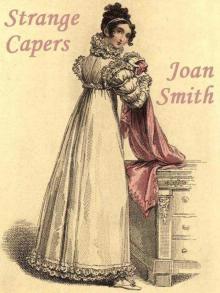 Strange Capers
Strange Capers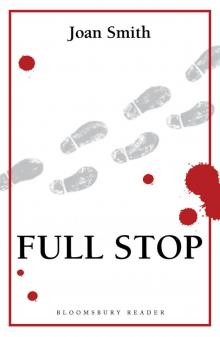 Full Stop
Full Stop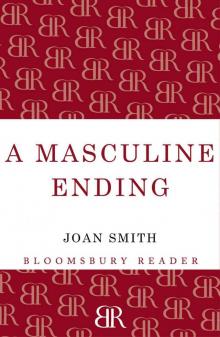 Loretta Lawson 01 - A Masculine Ending
Loretta Lawson 01 - A Masculine Ending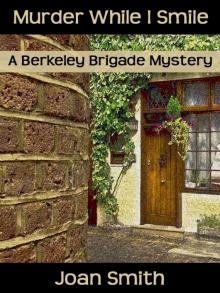 Murder While I Smile
Murder While I Smile Winter Wedding
Winter Wedding Capriccio
Capriccio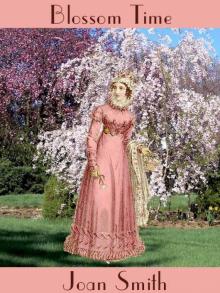 Blossom Time
Blossom Time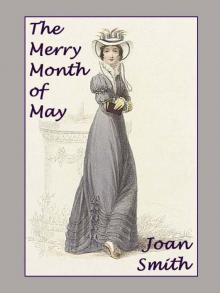 The Merry Month of May
The Merry Month of May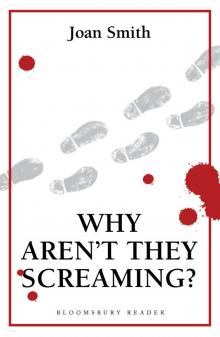 Why Aren't They Screaming?
Why Aren't They Screaming?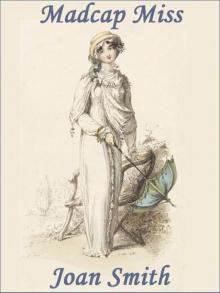 Madcap Miss
Madcap Miss Delsie
Delsie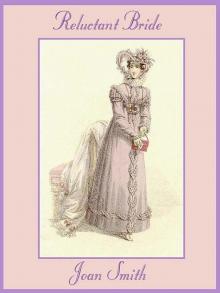 Reluctant Bride
Reluctant Bride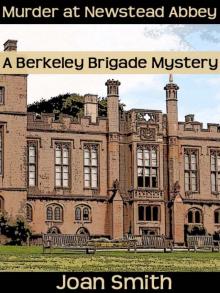 Murder at Newstead Abbey
Murder at Newstead Abbey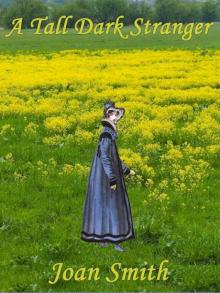 A Tall Dark Stranger
A Tall Dark Stranger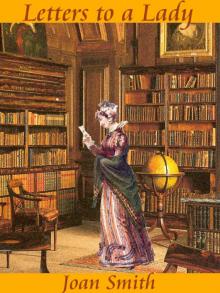 Letters to a Lady
Letters to a Lady Country Flirt
Country Flirt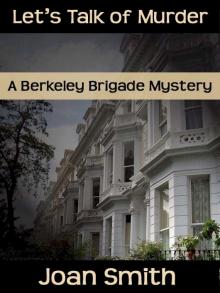 Let's Talk of Murder
Let's Talk of Murder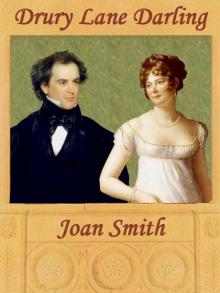 Drury Lane Darling
Drury Lane Darling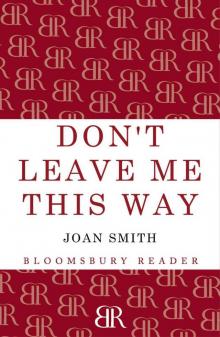 Loretta Lawson 03 - Don't Leave Me This Way
Loretta Lawson 03 - Don't Leave Me This Way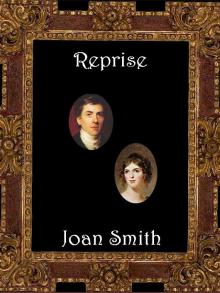 Reprise
Reprise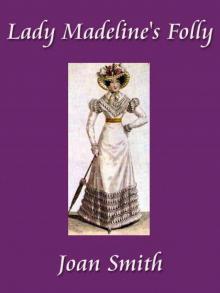 Lady Madeline's Folly
Lady Madeline's Folly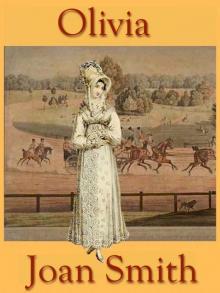 Olivia
Olivia Midnight Masquerade
Midnight Masquerade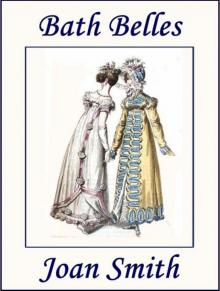 Bath Belles
Bath Belles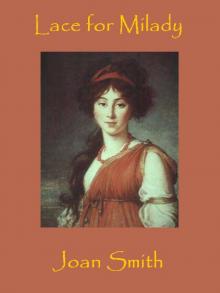 Lace for Milady
Lace for Milady Silken Secrets
Silken Secrets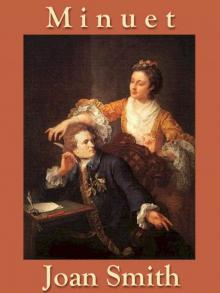 Minuet
Minuet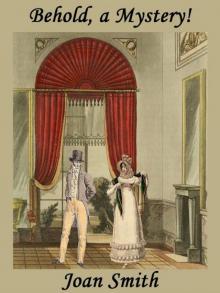 Behold, a Mystery!
Behold, a Mystery! Babe
Babe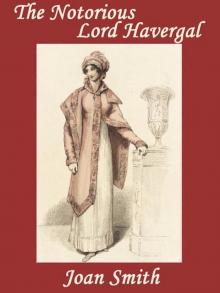 The Notorious Lord Havergal
The Notorious Lord Havergal Romantic Rebel
Romantic Rebel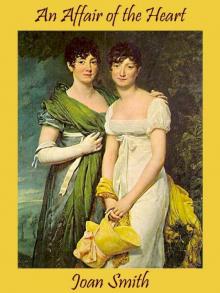 An Affair of the Heart
An Affair of the Heart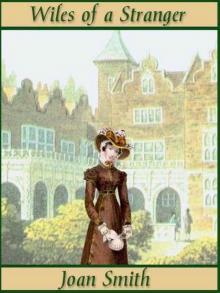 Wiles of a Stranger
Wiles of a Stranger The Royal Scamp
The Royal Scamp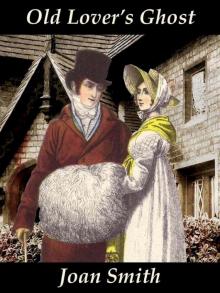 Old Lover's Ghost
Old Lover's Ghost The Virgin and the Unicorn
The Virgin and the Unicorn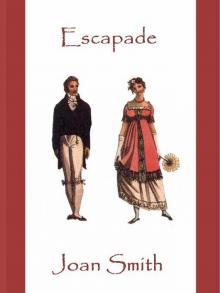 Escapade
Escapade A Christmas Gambol
A Christmas Gambol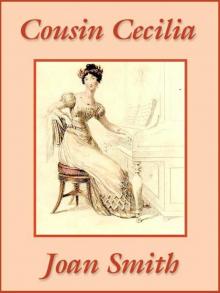 Cousin Cecilia
Cousin Cecilia Friends and Lovers
Friends and Lovers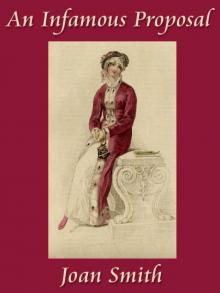 An Infamous Proposal
An Infamous Proposal Regency Masquerade
Regency Masquerade Shadow of Murder
Shadow of Murder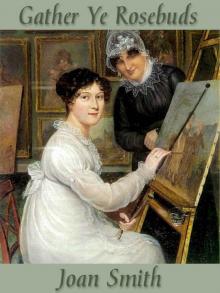 Gather Ye Rosebuds
Gather Ye Rosebuds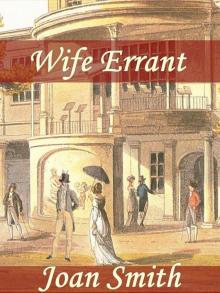 Wife Errant
Wife Errant![[Berkeley Brigade 10] - Shadow of Murder Read online](http://i1.bookreadfree.com/i2/04/11/berkeley_brigade_10_-_shadow_of_murder_preview.jpg) [Berkeley Brigade 10] - Shadow of Murder
[Berkeley Brigade 10] - Shadow of Murder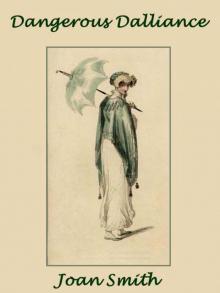 Dangerous Dalliance
Dangerous Dalliance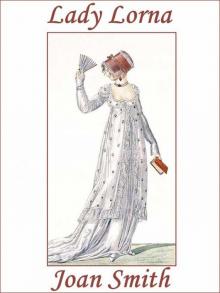 Lady Lorna
Lady Lorna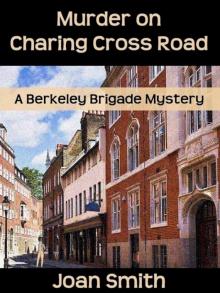 Murder on Charing Cross Road
Murder on Charing Cross Road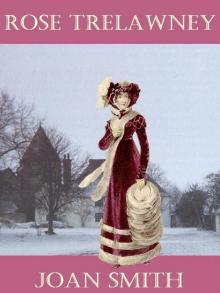 Rose Trelawney
Rose Trelawney Prelude to Love
Prelude to Love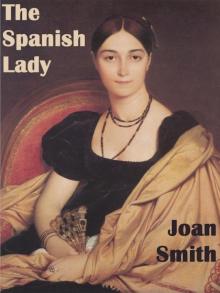 The Spanish Lady
The Spanish Lady Damsel in Distress
Damsel in Distress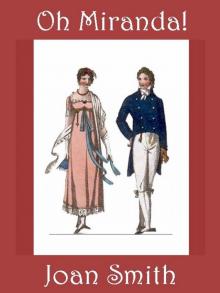 Oh Miranda!
Oh Miranda! The Blue Diamond
The Blue Diamond